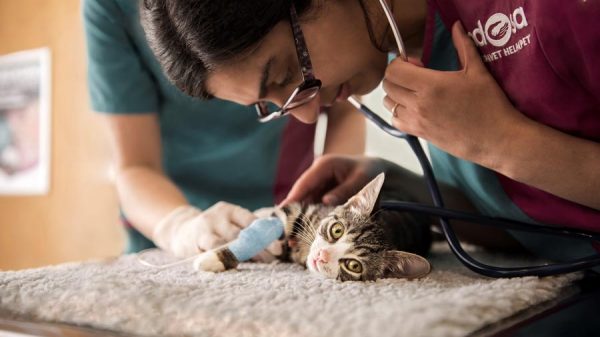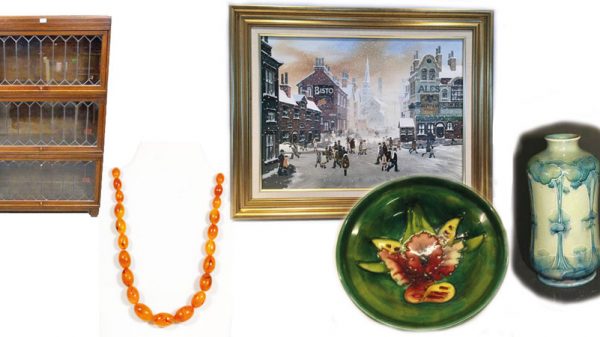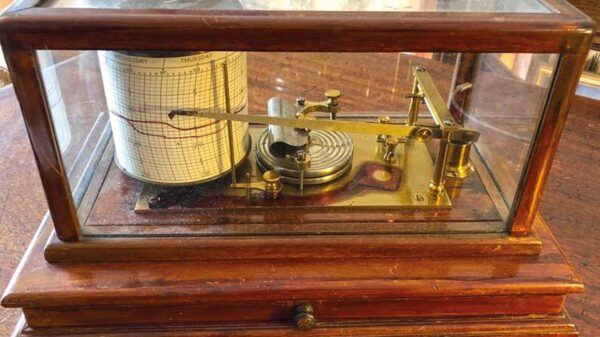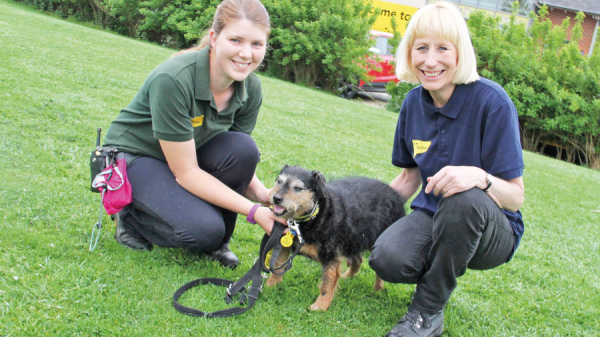The weather at this time of year is very changeable, one minute it can feel like a warm summers day and the next minute an icy blast reminds you that winter can have a sting in its tail. There is still time for a heavy frost and even snow, although I hope not. As the snowdrops fade they are quickly followed by a myriad of spring bulbs, Daffodils, Bluebells and Grape Hyacinth are bursting into flower and in addition spring flowering shrubs such as Magnolia’s, Camellia’s and Flowering Currant’s provide a welcome splash of colour, although they can suffer from hard frosts which turn the edges of the flowers brown.
Sowing seed is still, in my opinion the best way to start annual flowers and vegetables, mainly because you have more choice and if you have a frost free greenhouse then you can start sowing this month. It is still a little too cold for direct sowing into the vegetable garden, a task that is better left until the end of the month or in exposed areas leave until next month. A good trick is to cover the area where you plan to direct sow vegetables with thick polythene, this will both absorb heat and warm the soil, this will need to have been covering the soil for at least four weeks to be most effective.
The unpredictable weather can be a problem for young seedlings, wet cold soil slows growth encouraging the spread of diseases and rots which can make light work of vulnerable seedlings.
Its always a good idea to plan what you intend to grow and if you haven’t already done so get your seed order in, or pop down to the local nursery or garden centre, they normally have quite a good selection. When you get your seed home place it in an airtight container in a cool place, but not in an out-building where they could be damaged by late frosts. A question I am always asked is, ‘can you sow seed from last year?’ and providing you folded the seed packet tightly and placed them back in the airtight container most will produce a good crop the second year. There are a few exceptions so check the information on the seed packet carefully and of course the ‘sow by date’. If you have seed from last year that is in an unopened packet then they should be fine.
There are many composts available some specifically for seed sowing but I usually mix my own using a John Innes no.2 and a soilless multipurpose compost. Always use fresh compost and rub it through a 5mm( 1/4 inch) garden sieve. This will make sure there are no big lumps and that it is not compacted. Often a bag of compost that has been at the bottom of a pallet has had all of the air squeezed out and needs rubbing through a garden sieve to bring it back to life.
Growing plants in containers has become increasingly popular and offer the flexibility of being able to move plants around the garden and ones that need special attention or a different soil to that in your garden. It’s a good idea to check through planted containers this month, removing any weeds or debris such as dead leaves and twigs. With potted shrubs and perennials gently tap them out of the pot and check the root system, if it looks a little congested then they will need moving into a larger container. If there are only a few roots near the pot you may be ok for another year but it is good practice to remove an inch or so of the compost on the top of the container replacing it with new fresh compost. Containers you plan to use for seasonal bedding should be washed in a garden disinfectant in readiness for planting in May. Its not too late to plant spring containers for a little colour in the garden and most garden centres and nurseries stock primula’s, pansies, violas, forget-me-nots and double daisies that can be planted in containers, use a general multipurpose compost and water the plants in.
The lawn is growing well and any repairs not carried out last autumn should be done now, use turf to replace bare patches and damaged edges. Try to choose a time when the weather is mild and the soil is not frozen. Remove the damaged area lightly fork the soil and firm new turf carefully to the same level as the existing lawn. I like to top-dress the turf with a little John Innes compost, no.1 is fine. just brush it in gently and apply only a thin layer, about 5mm (1/4 inch).
Next month : Keep an eye out for pests, Pruning and thinning perennials and final preparations in the vegetable garden.
Happy gardening, Martin







